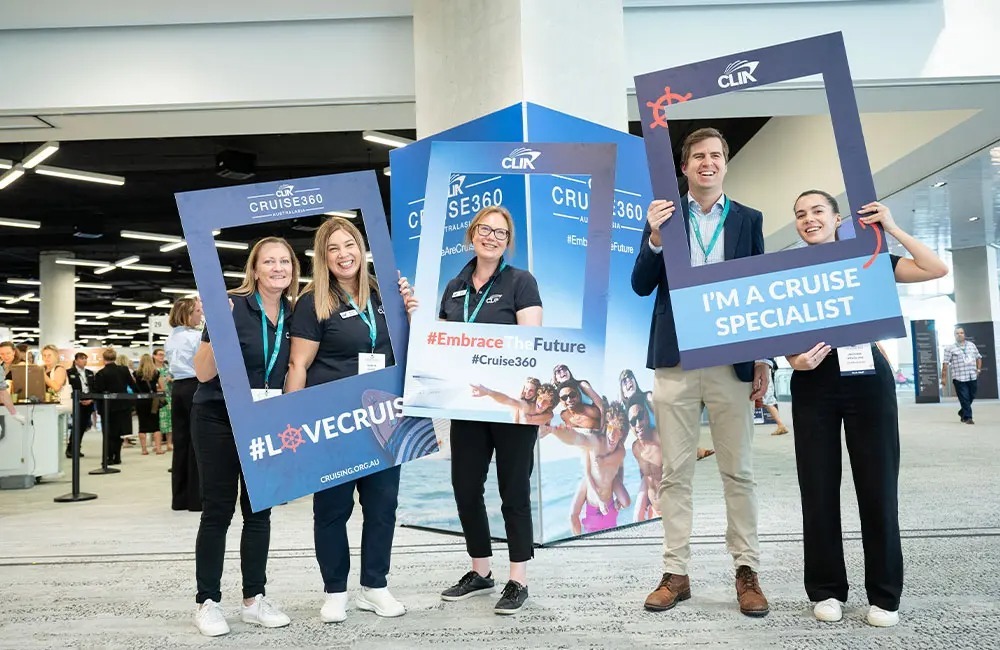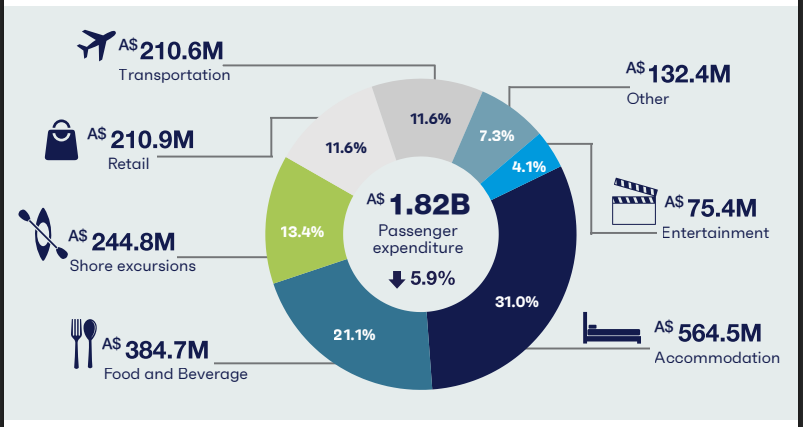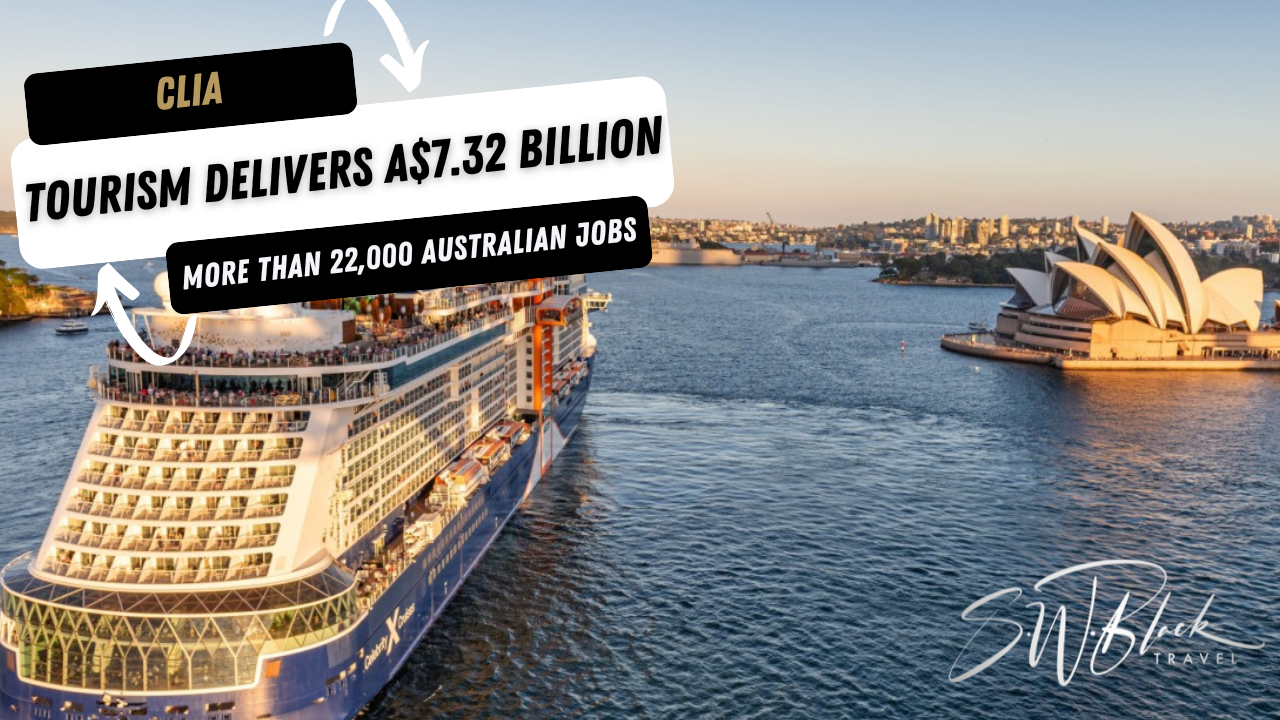Australia’s cruise story is impressive, yet it is at a turning point. The latest economic analysis shows cruising delivered A$7.32 billion to the national economy in 2024-2025 and supported more than 22,000 Australian jobs. At the same time, the total has slipped by A$1.11 billion (-13.2%) versus last year, which is a clear signal that Australia must sharpen its competitiveness to keep ships, spending, and jobs here at home. The fix is practical, a national action plan for cruising that aligns governments, trims friction, and gives communities and travellers the confidence to plan.
Industry figures for 2024-2025 report A$7.32 billion in economic benefits and 22,000+ jobs supported, yet a A$1.11 billion decline from 2023–24. The sector points to regulatory complexity and higher operating costs as headwinds. A coordinated strategy across Federal, State and Territory governments is being urged to improve competitiveness, attract more ships, protect jobs, and expand local benefits.
What the Numbers Really Mean for Australia
A headline number can feel abstract until you follow the dollars and the days. When a ship calls, it powers a diverse web of businesses from wharf to winery. Understanding this flow clarifies why small policy choices make a big difference in every port town.
A$7.32 Billion That Touches Every Port
That A$7.32 billion is not limited to a handful of homeports. It includes provisioning, tug services, hotel nights before and after cruises, and retail spend in waterfront precincts. Regional tours, coach operators, cellar doors, and artisan producers all feel the lift on ship days. For many family businesses, a string of strong calls can secure the season.
More Than 22,000 Jobs You Can Actually See
The jobs are visible. Think stevedores and port agents, drivers and guides, hospitality teams, laundry crews, growers and fishers who supply fresh produce. Each call supports shifts and rosters that ripple through local economies. When deployment dips, those hours are the first to thin.
A Warning Light as the World Expands
The A$1.11 billion year-on-year decline points to a competitiveness gap, especially when global cruising is growing with new builds and strong demand. If ships can earn more with less friction elsewhere, they will move. A targeted response at home can reverse the slide.

Why Australia Risks Losing Ground
Demand from Australians remains strong, and international guests love our coastlines. If we are not capturing that growth, the reasons are usually structural and solvable: the clarity of rules, the predictability of costs, and the ease of operating across jurisdictions.
Regulation That Adds Friction
Cruise touches multiple agencies and levels of government. When requirements are inconsistent or timelines unclear, risk rises and deployment decisions tilt away from Australia. This is not a call to lower standards. It is a call to align them, publish clear pathways, and provide timeframes that make planning reliable for lines and ports.
Operating Costs That Steer Ships Elsewhere
Ships are mobile assets. If port charges, services, and shoreside costs stack up too high, itineraries shift to routes with stronger margins. Australia has distance to contend with, so mastering efficiency is essential. Predictable pricing, streamlined processes, and well-coordinated port operations keep itineraries viable.
Global Growth We Should Welcome
Worldwide, cruising remains one of tourism’s fastest-growing sectors, with an unprecedented pipeline of new ships. That growth brings choice for Australians, from expedition to ultra-luxury. The right settings at home invite more of that capacity to our shores, supporting local jobs and giving travellers richer options from nearby ports.
What a National Action Plan for Cruising Should Deliver
A strong response is not a single lever. It is a package that turns alignment into an advantage. Here is what an effective national action plan for cruising can include, and why it matters to travellers and port communities alike.
One Strategy Across Governments
Cruise relies on Federal biosecurity and border processes, State and Territory port owners, and local councils that shape the guest experience ashore. A shared framework can set common objectives, fast-track approvals for proven operators, and standardise data so ports and lines can plan with confidence.
Smarter Port and Shoreside Operations
Operational wins are within reach. Consistent berth allocation rules, clear pilotage windows, efficient passenger processing, and well-managed tender operations can lengthen seasons and increase repeat calls. Wayfinding from terminals to town centres, accessible transport staging, and well-timed tours make guests happier and businesses busier.
Confidence for Communities and Travellers
Publishing targets and transparent impact reporting builds trust. Towns invest in waterfronts and small operators buy new vehicles when they know ships will return on predictable schedules. Travellers benefit too, with stronger shoulder-season calendars and more reliable choices close to home.
How Travellers, Communities and the Trade Can Help Now
Policy shifts take time, but momentum matters. The choices we make as travellers, operators, and local leaders keep the flywheel turning while the plan takes shape.
Choose Itineraries That Start or Call in Australia
Picking voyages that homeport or call locally keeps value circulating at home. Shoulder-season departures in spring and autumn help smooth peaks and support year-round employment. Your booking is a signal that Australia is worth the planning effort to bring ships here.

Work With a Knowledgeable Cruise Adviser
A good cruise adviser translates decks and schedules into real travel days. They can stretch pre- and post-stays to support local hotels and tours, match cabins to mobility and family needs, and steer you toward operators that invest in local suppliers. The result is better trips and stronger community outcomes.
Share the Story in Your Networks
If cruise days fill your café, keep your drivers busy, or bring life to your high street, say so. Real examples help local representatives see why infrastructure and clear policy matter. When councils hear from traders and residents, they are more confident backing smart cruise planning.
Put the Trend in Context and Explore Sailings
If the numbers have you reconsidering your own plans, it helps to see what is actually sailing and when. Use live schedules to compare lengths, regions, and ship styles, then map them against your school terms and leave windows. A smart choice can support local jobs and still give you the variety you want.
Before locking anything in, think about the kind of pacing that actually works for you. Some travellers prefer a long weekend coastal run, others want a classic seven-night loop, and plenty like a repositioning with a deeper sea-day rhythm. Use the filters to shape a shortlist, then weigh which itineraries offer the shore experiences and turnaround times that suit how you travel.
Browse dates and port orders by month and region to see how short coastal hops, South Pacific weeks, or longer repositionings line up with your calendar. Filtering by embarkation port shows which options keep your spending close to home while maintaining the level of service you expect. Explore options with our Cruise Finder.
Our Cruise Finder is designed to make comparing routes and dates simple, so you can choose an itinerary that supports the local cruise economy and still meets your wish list. Sort by month, duration, embarkation port, and ship style, then save your favourites for a tidy, decision-ready view.
Plan Your Next Cruise With a Specialist Team
A coordinated Australian response can keep ships coming, jobs growing, and communities thriving. In the meantime, travellers can support the sector by choosing local routes, extending pre- and post-stays, and working with a trusted adviser to shape smooth, high-impact itineraries. If you want tailored help comparing lines, matching dates to your diary, and selecting staterooms that suit your travel style, talk to a cruise specialist today.


Comments